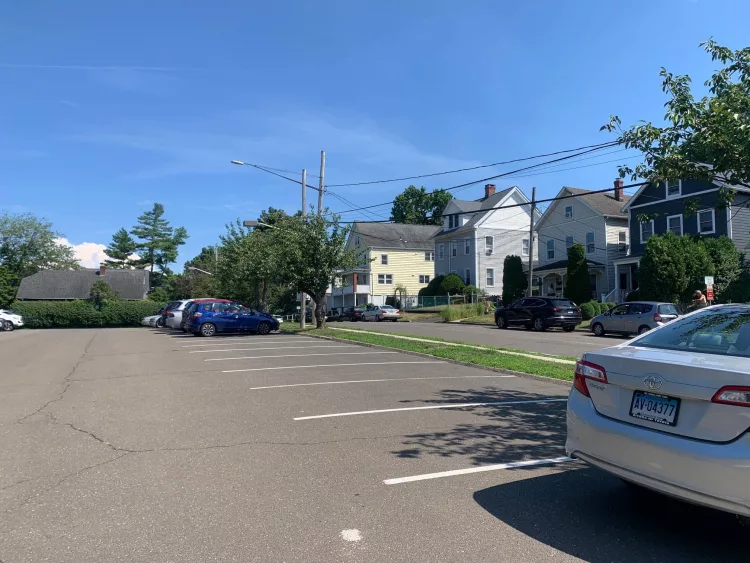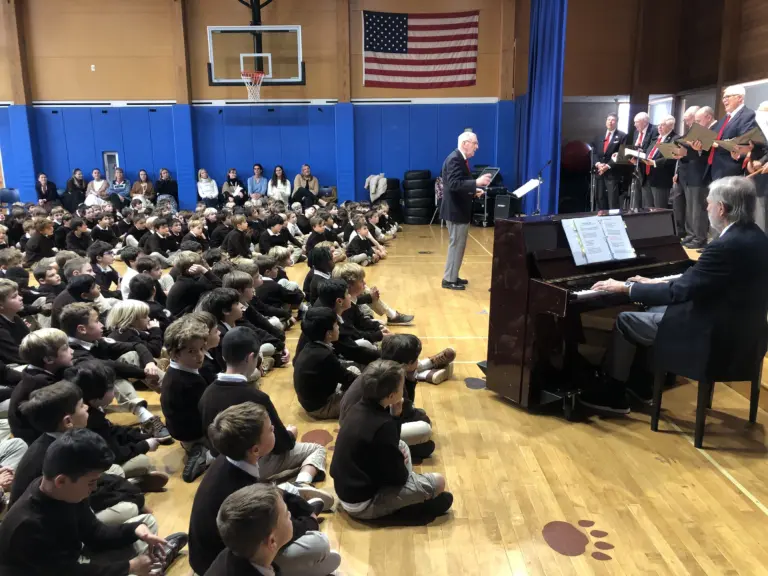
By Kate Dzikiewicz
After a cool and rainy spring, the heat of summer has finally arrived in Greenwich. Longtime residents may have noticed summers gradually getting warmer over the past few decades, and heat waves are becoming more frequent and intense. To keep comfortable, we crank up the air conditioners, but trees offer a powerful and natural way to f ight the heat.
As the Town of Greenwich continues to develop and expand, the region loses tree cover, especially in urban areas. This contributes to the urban heat island effect, a phenomenon which describes how urban neighborhoods are often significantly warmer than nearby rural areas. Many factors contribute to this effect, especially dense concentrations of impermeable pavement and buildings built from materials like concrete and asphalt. These manmade materials retain and radiate a lot more heat than soil or sand. Limited green space and lack of shade only make matters worse for urban residents.
According to the EPA, urban areas can be 18–27°F warmer than nearby undeveloped spaces. This temperature spike does more than just increase energy use during warm months; it also worsens air pollution and raises the risk of heatrelated illnesses and deaths. Vulnerable populations, including the elderly and people with health conditions, are especially at risk, but high heat affects everyone, lowering productivity and quality of life.
While any greenery helps cool an area, trees are the most effective. Their leaves and branches block up to 90% of sunlight before it reaches the ground. Rather than being retained as heat, this solar energy is used to convert carbon dioxide and water into sugars via photosynthesis. Buildings shaded by trees can see surface temperature reductions of 20–40°F, and parked cars under tree cover can be up to 45°F cooler. No wonder shaded parking spots are always in high demand!
Trees have another less visible way that they cool the air. They absorb water through their roots and release it from their leaves as water vapor in a process called evapotranspiration. Evaporation draws heat from the environment, making trees living evaporative cooling systems. A single mature oak tree can release up to 40,000 gallons of water into the air each year, and a tree-lined street multiplies these benefits.
Any sort of planted green space will help reduce heat in a neighborhood, but large mature trees have the greatest cooling impact. This is why the Greenwich Tree Conservancy advocates retaining these large mature trees whenever possible. It can take decades for young trees to reach the size and impact of their mature counterparts, and removing a single large tree from your property can make for a big decline in your comfort during the summer.
If you want to help keep your home or business cooler and contribute to a healthier community, consider planting more trees and protecting the ones already in place. Trees placed on the west and southwest sides of buildings are especially effective at reducing afternoon heat. Just be sure to choose species suited to our local climate and urban conditions.
Trees are important in every season, but in summer we have even more reasons to appreciate them!
Kate Dzikiewicz
Executive Director, Greenwich Tree Conservancy
To find out more about the Greenwich Tree Conservancy, visit us at: www. greenwichtreeconservancy.org




